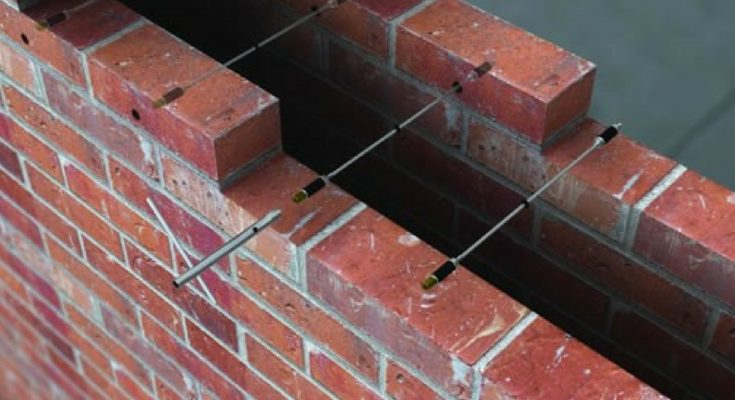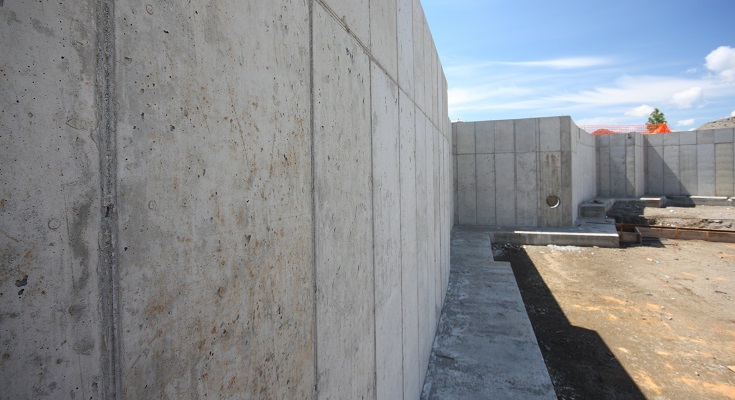Internal Dry Lining
Internal dry-lining is often recommended if your home is unsuitable for Cavity pumping or External Insulation. Dry lining involves fixing insulation slabs to your external walls from the inside/internally. Because the insulation is being applied internally you will lose space in your rooms so it is advised to carefully plan this work to ensure furniture & fixings can be reused post installation. The complete system consisting of vapour barrier, insulation, plasterboard & skim finish can amount to over 95mm. Depending on the scale of works you may be advised to vacate the premises for the duration of works. Dry lining your entire home is a considerable project which also involves plumbing & electrical work & bathrooms & kitchens may need to be refitted post insulation. An average upgrade can take 2-3 weeks for full completion.




